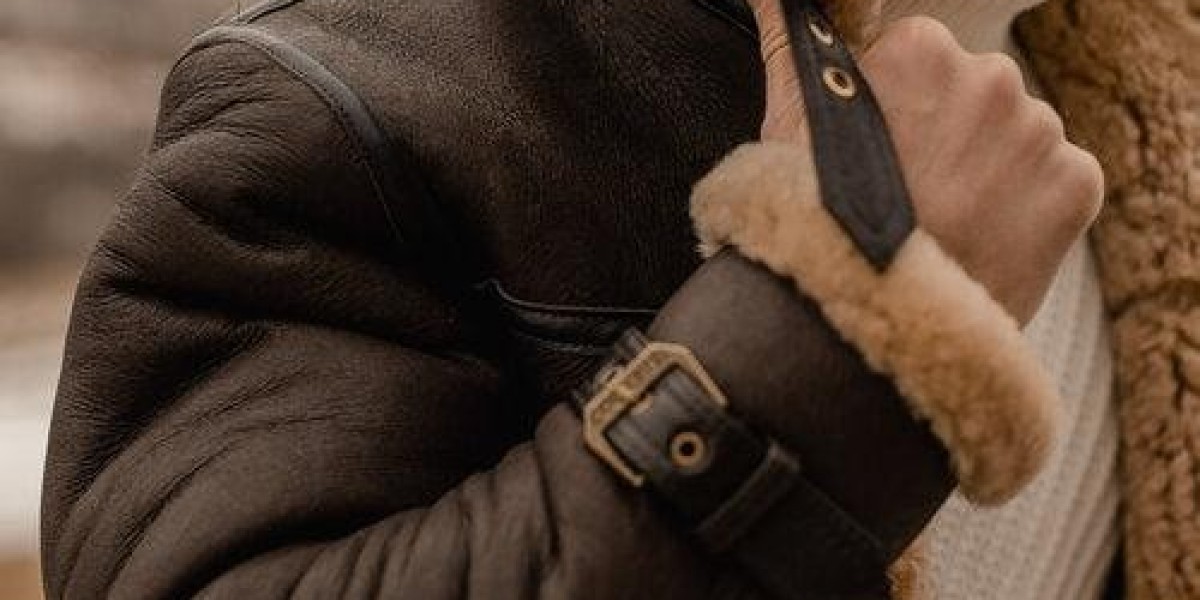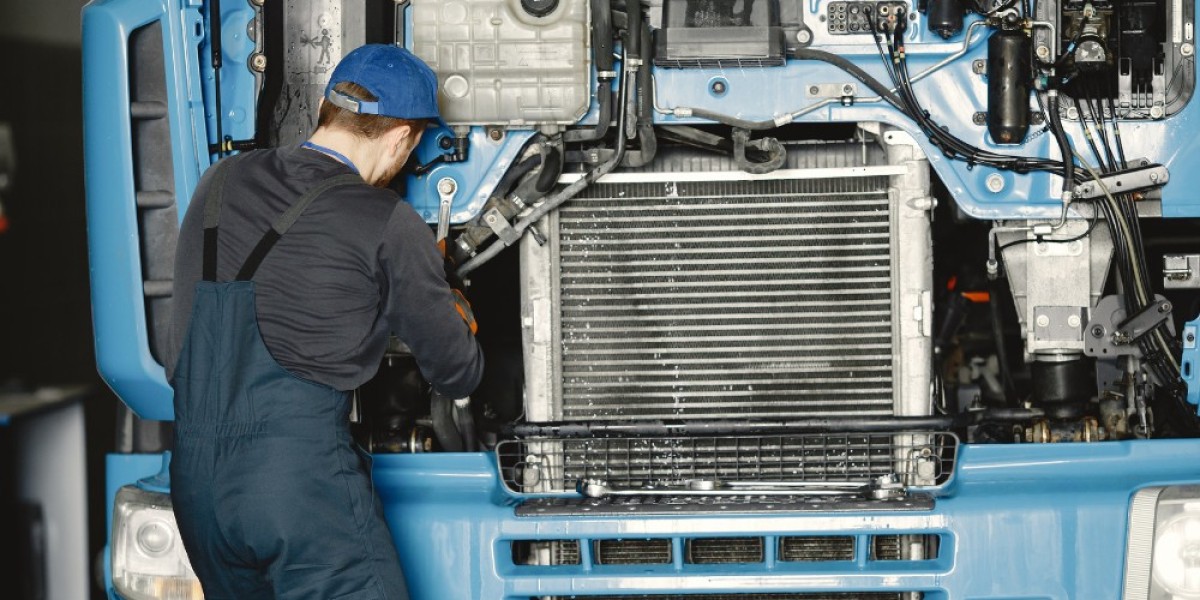The relationship between humans and sheepskin stretches back through the mists of time, emerging independently across civilizations that recognized the remarkable properties of this natural material. Ancient peoples from the Mongolian steppes to the Scottish highlands discovered that the skin of sheep provided exceptional protection against harsh elements. What began as simple animal hides draped over shoulders has evolved through centuries into the sophisticated shearling jackets we know today. This evolution represents not merely changing fashion trends but the continuous refinement of humanity's understanding of how to best utilize nature's gifts for protection and comfort.
Shearling Jackets True shearling refers to a specific type of leather preparation where the skin of a sheep or lamb is tanned with the wool still intact. This creates a dual-purpose material with a supple leather exterior and a dense, insulating wool interior. The term often causes confusion, as some mistakenly believe it refers to recently shorn wool. In fact, the name comes from the historical practice of using skins from yearling sheep that had only been shorn once, producing particularly high-quality hides. The magic of shearling lies in its natural temperature-regulating properties. The wool fibers contain countless microscopic air pockets that trap warmth while allowing moisture vapor to escape, preventing the clamminess associated with many synthetic insulators. Meanwhile, the leather exterior provides wind resistance and durability, creating a complete protective system that has yet to be fully replicated by modern technology.
The transformation from raw sheepskin to finished shearling jacket is a process steeped in tradition yet enhanced by modern technology. It begins with the careful selection of hides, where experienced artisans assess quality based on wool density, texture, and leather suppleness. The tanning process represents the most crucial stage, where raw skins are converted into stable, durable material through either vegetable-based tannins or modern chrome methods. Each approach offers different benefits: vegetable tanning produces exceptionally breathable shearling with a distinctive patina that improves with age, while chrome tanning creates more water-resistant leather. Throughout this process, artisans must balance preserving the wool's natural softness with developing the leather's strength and durability, requiring both technical knowledge and artistic sensibility.
Historical applications of shearling reveal its functional superiority in extreme conditions. World War I pilots discovered that shearling flying jackets provided essential protection against the subzero temperatures encountered in open cockpits at high altitudes. This practical application captured the public imagination, associating shearling with adventure and courage. Subsequent decades saw various subcultures adopt shearling for both its protective qualities and symbolic value. Motorcyclists embraced shearling for its abrasion resistance and warmth on the open road, while Hollywood stars projected an image of rugged sophistication. Each adoption added new layers to the shearling narrative, transforming it from simple protective wear into a symbol of rebellion, authenticity, and timeless style.
Global interpretations of shearling reflect diverse cultural approaches to this versatile material. Scandinavian designs often emphasize minimalist aesthetics and maximum warmth, creating sleek silhouettes suited to harsh northern winters. Eastern European traditions frequently incorporate elaborate embroidery and decorative elements, transforming functional wear into wearable art. American Western styles feature rugged construction details like fringe and heavy hardware, reflecting the practical needs of ranch life. Mediterranean approaches might focus on lighter weight and more fashionable cuts suitable for milder climates. This global tapestry of design traditions offers wearers a rich variety of stylistic choices, all united by the common thread of exceptional material quality.
The relationship between a shearling jacket and its wearer evolves beautifully over time. Unlike many garments that deteriorate with use, quality shearling develops a distinctive character through years of wear. The leather softens and conforms to the body's unique contours, creating a personalized fit that cannot be replicated. Natural variations in the wool become more pronounced, creating a visual history of the garment's journey. This aging process means that a shearling jacket becomes increasingly unique, transforming from a production-line product into a personal artifact that records experiences and memories in its very fibers. This living quality creates an emotional connection between wearer and garment that transcends ordinary clothing relationships.
Contemporary shearling manufacturing represents a balance between tradition and innovation. Advanced techniques allow for lighter weight constructions without sacrificing warmth, making shearling appropriate for diverse climates and lifestyles. Computer-aided pattern making reduces material waste while creating more precise fits. Technological improvements in sustainable tanning have reduced environmental impact while maintaining the material's desirable qualities. These developments have expanded shearling's relevance, making it appropriate for both adventure seekers and urban dwellers seeking natural alternatives to synthetic materials.
Ethical considerations have become increasingly important in today's shearling industry. Responsible producers prioritize transparency, often utilizing sheepskin that represents a byproduct of the food industry, ensuring no part of the animal is wasted. Certifications and traceability systems help verify animal welfare standards and sustainable farming practices. The exceptional durability of shearling jackets also presents a compelling argument against fast fashion consumption. A well-crafted shearling jacket often lasts decades, representing the antithesis of disposable clothing and encouraging more thoughtful consumption patterns that value quality over quantity.
Proper care and maintenance represent essential aspects of shearling ownership that differ significantly from conventional outerwear. Storage requires broad, padded hangers in cool, well-ventilated spaces away from direct sunlight, which can dry out the leather and fade the wool. Professional cleaning by specialists experienced with leather and shearling preserves the material's integrity far better than home methods. When exposed to moisture, natural drying at room temperature followed by gentle brushing restores the wool's loft and appearance. This maintenance ritual, while more involved than care for synthetic materials, fosters a deeper connection between wearer and garment, transforming routine care into an act of preservation and respect for craftsmanship.
The cultural significance of shearling extends beyond practical considerations into the realm of symbolism and identity. These jackets have appeared in films, music, and literature as symbols of rebellion, authenticity, and adventure. From silver screen heroes to countercultural icons, shearling has been adopted by those projecting an image of non-conformity and rugged individualism. This cultural resonance adds layers of meaning to the garment, connecting contemporary wearers to broader narratives of exploration and self-expression. The jacket becomes not just protection against the elements, but a statement of values and identity that communicates without words.
In today's fashion landscape, shearling jackets offer a compelling alternative to disposable fast fashion. Their natural biodegradability contrasts with petroleum-based synthetics that persist in landfills for centuries. The longevity of well-made shearling reduces the need for frequent replacement, aligning with sustainable consumption principles. Timeless designs transcend seasonal trends, encouraging investment in pieces that remain relevant for years rather than months. The natural temperature regulation reduces the need for layering and adjusting indoor temperatures, contributing to energy conservation. In these multiple ways, shearling represents not just a relic of past craftsmanship, but a relevant answer to contemporary questions about ethical consumption and environmental responsibility.
The eternal appeal of shearling ultimately resides in its unique synthesis of nature's wisdom and human artistry. It represents a perfect marriage of form and function that satisfies our deepest needs for protection and comfort while answering our desire for beauty and meaning. The substantial yet comforting weight of a shearling jacket serves as a tangible reminder of its natural origins and the skilled craftsmanship that transformed it into wearable art. In an increasingly digital and synthetic world, this connection to natural materials and traditional techniques becomes ever more valuable. The shearling jacket endures not merely as clothing, but as experience—an embrace of history, nature, and artistry that continues to shelter and inspire those fortunate enough to wear it through seasons of their lives.








